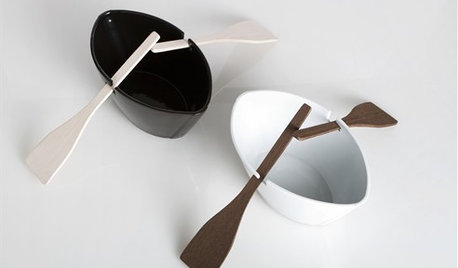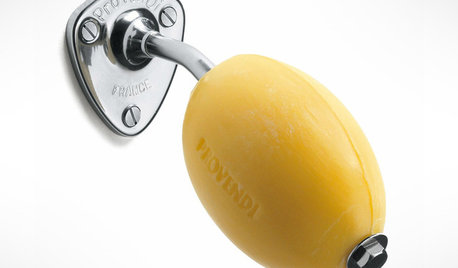Grafting & Breeding of Super Hots
Armageddon
10 years ago
Related Stories

DINING ROOMS40 Great Gifts for Dining and Entertaining
Houzz Gift Guide 2010: Hot Ideas for Design-Loving Hosts
Full Story
EDIBLE GARDENSHow to Grow 10 Favorite Fruit Trees at Home
Plant a mini orchard in fall, winter or early spring to enjoy fresh-off-the-tree fruit the following year
Full Story
PETSHow to Help Your Dog Be a Good Neighbor
Good fences certainly help, but be sure to introduce your pup to the neighbors and check in from time to time
Full Story
BATHROOM VANITIESBetter Places to Stash That Soap
Banish gloppy bars and flimsy pumps, and the only things you’ll need to clean are your hands
Full Story
BATHROOM DESIGN8 Elements of a Traditional-Style Bathroom
Evoke the past with furniture-like cabinetry, period-look lighting, ornate details and calming colors
Full Story
LIFE6 Ways to Beat the Winter Blahs
Snow and dark days dampening your spirits? These ideas will have you looking on the bright side
Full Story
GARDENING AND LANDSCAPING10 Ways to Enjoy Your Outdoor Room More
Step up the comfiness and convenience of your porch, patio or yard to make time spent outdoors even better
Full Story
PETSHouzz Call: Show Us Your Summer-Loving Dog!
Share a photo of your pooch kicking back in the backyard, helping you in the workshop or enjoying your favorite summer getaway
Full Story
FARM YOUR YARDIf You Have Room for Only One Fruit Tree ...
Juice up a small garden with one of these easier-care or worth-the-effort fruit trees for a mild climate
Full Story
GARDENING AND LANDSCAPINGHow to Make a Pond
You can make an outdoor fish paradise of your own, for less than you might think. But you'll need this expert design wisdom
Full Story





smokemaster_2007
nc_crn
Related Professionals
Danbury Landscape Architects & Landscape Designers · Mooresville Landscape Contractors · Peabody Landscape Contractors · Cockeysville Landscape Contractors · Edwardsville Landscape Contractors · Hannibal Landscape Contractors · Lyndhurst Landscape Contractors · Mission Viejo Landscape Contractors · Muttontown Landscape Contractors · New Baltimore Landscape Contractors · Pomona Landscape Contractors · Thonotosassa Landscape Contractors · Thornton Landscape Contractors · Uxbridge Landscape Contractors · Northlake Landscape Contractorssmokemaster_2007